Paris Trade Shows Look to Sweet Spots During a Challenging Market
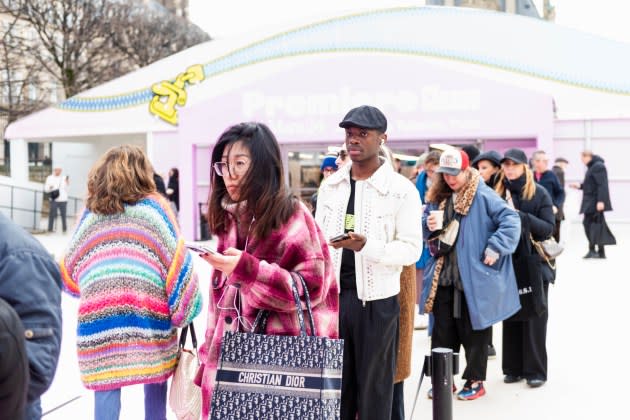
PARIS — It was a mixed picture for the trade shows here running during Paris Fashion Week. While accessories event Première Classe hailed a bumper 35th anniversary edition with visitor numbers up 21 percent year-on-year, foot traffic at fellow events Tranoï, which is steered toward the designer end of the market, and Woman, with a more contemporary offer, was slow, according to exhibitors. Neither show releases visitor numbers.
“It’s been a bit calm, but people have been writing orders,” said Antoine Floch, cofounder and director of Woman. “The current crisis is complex and profound, but the energy is there, and there is nevertheless demand for new business,” said Frédéric Maus, chief executive officer of WSN, the organizer of Première Classe.
More from WWD
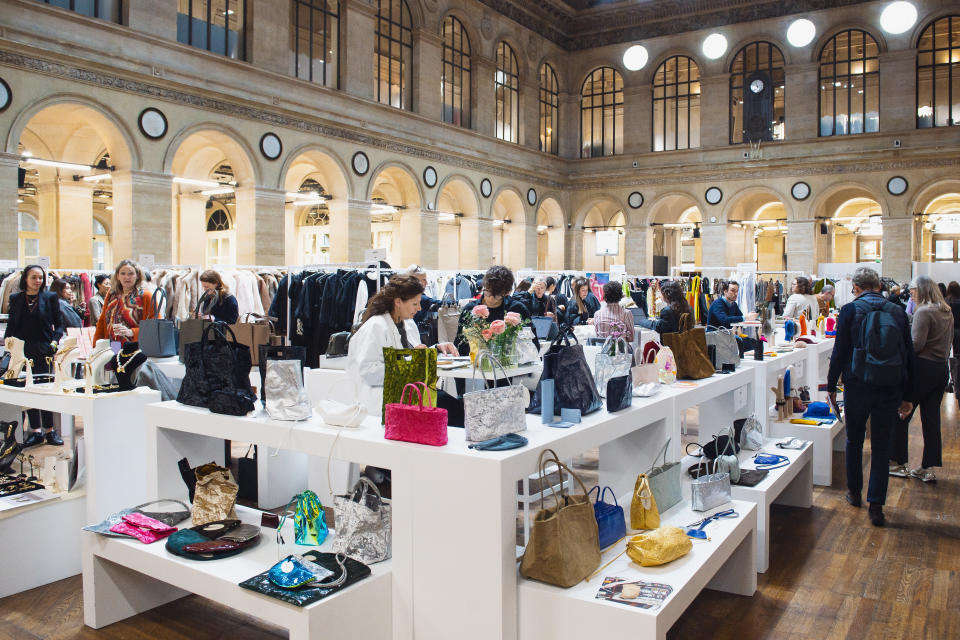
The difficulties currently faced by high-end retailers, coupled with waning consumer sentiment, were a preoccupation.
“Independent retailers are really struggling everywhere in Europe,” said Floch. “In the U.S., it’s different; business for independent retailers is quite strong.”
One U.S. buyer, speaking off the record, said things were more complicated heading into fall. “It’s difficult going into this season. People overbought last season, so they’re left with a lot of stock.”
Several brands said they were playing it safe with their fall collections to offer a commercial proposition that brands would find it easier to buy into. “The buyers come here to buy product that will sell in their boutiques,” said South African designer David Tlale, showing in the Canex showcase for African designers at Tranoï with a largely black collection full of texture and fabrication details.
“We’ve been shaving off the drama and focusing on ready-to-wear to be more merchandise-driven,” he added.
“Boutiques are holding back, they’re not writing orders,” Tlale continued. “As designers we are directly impacted, nobody buys like they used to.”
Increased costs for everything from labor to textiles to the price of participating in the show are putting pressure on his business, he said.
With buyers scaling back and payment conditions a major preoccupation, cashflow was a concern for many brands showing. “We have had issues with boutiques not paying,” said Pierre-François Valette of Paris-based ready-to-wear label Valette Studio, showing at Première Classe. “It’s tough, but we get by, by being more selective about the boutiques we supply, and retailers also appreciate that selectivity.”
“Brands are going under and there will be more,” observed Paul Alger, international business director for the U.K. Fashion & Textiles Association, in charge of promoting British designers internationally.
At the March round of trade shows, an additional challenge is that many buyers have already allocated the bulk of their budgets during pre-collections in January. “They come here to complete their purchasing,” said Floch. “We want to fall in love,” summed up Geraldine Lisek, manager of Boutique Smile in Geneva.
“I come here to buy special pieces that won’t necessarily sell, but that show the direction of the season,” said Stephanie Bertschinger, owner of the Panta Rhei boutique in Zurich, shopping at Tranoï. “Even in Switzerland, it’s not so easy any more.”
For brands exhibiting, hitting the sweet spot between offering commercially salable collections but still cultivating desire from buyers is increasingly tough.
“We’re looking for something special, unique and different, something that’s a good price, and to tie up the loose ends of the season,” said Elle Scotson, buyer for Jules B, in Newcastle and Kendle, U.K., and online. “The context is difficult, and consumers are buying differently, they’re looking for more multipurpose, safer pieces. People are really cautious, it’s either got to be ‘wow’ or it’s got to be comfortable.”
For independent retailers, she said, it has become increasingly important to source brands that are not available at a discount among bigger players in order to protect margins — an opportunity for smaller brands.
Among the ready-to-wear offer at Première Classe, which traditionally focuses on accessories, Valette said the event was the opportunity to show his growing womenswear offer. “It’s my first time showing separate fits for men and women,” said the designer, who showed on the runway during men’s in January.
Clara Daguin, meanwhile, who designs bridging couture and technology — with LEDs and sound sensors, for example — was present as the winner of the 2023 Grand Prix de Création de la Ville de Paris, showcasing her most recent collection unveiled in January. “It’s a great way of being visible during Paris Fashion Week,” she said. While the majority of Daguin’s work is custom, she also launched a capsule collection of three pieces with reflective stripes with French catalog specialist La Redoute at the beginning of March.
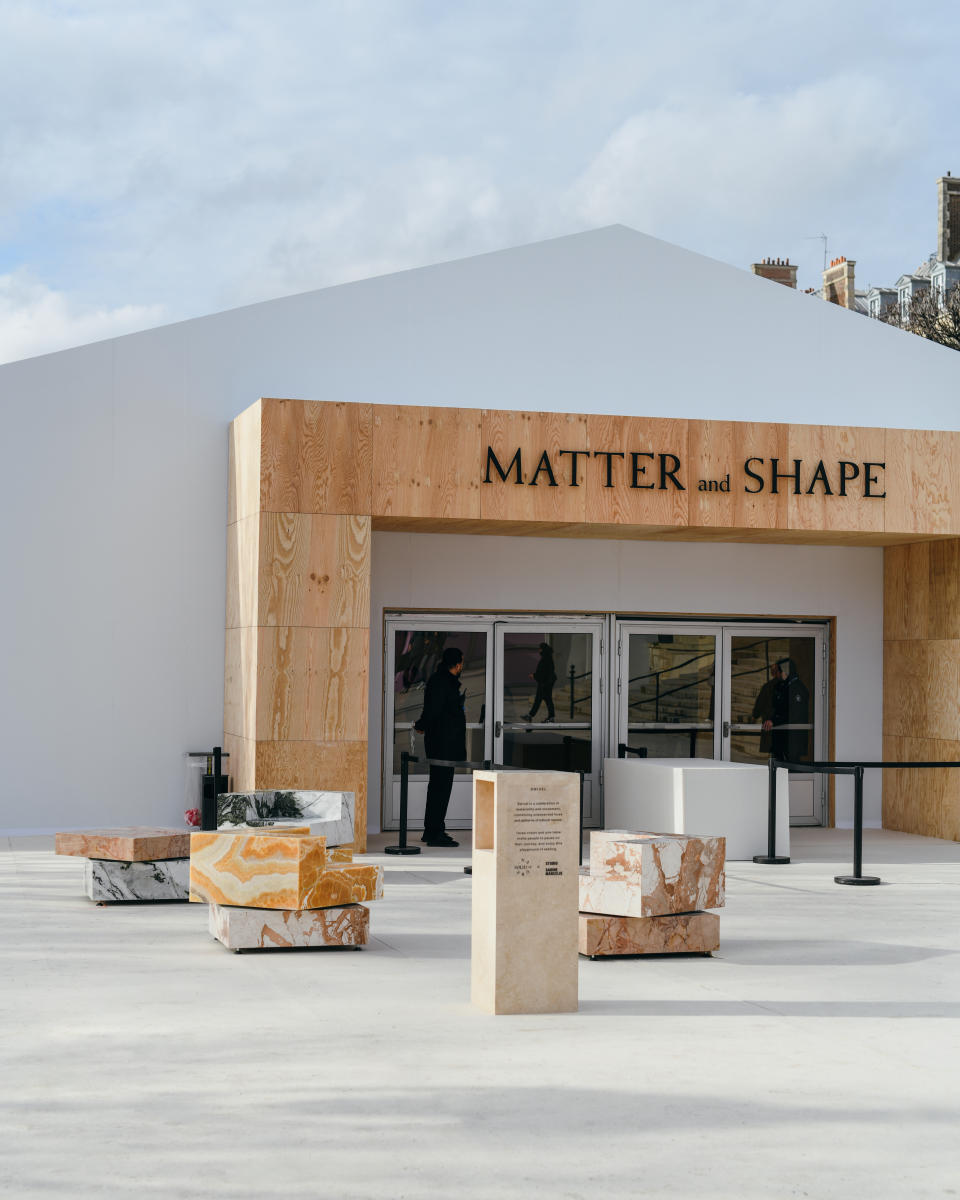
In a neighboring tent to Première Classe, the first edition of design event Matter & Shape, under the creative direction of Dan Thawley, the former editor in chief of A Magazine Curated By, and WSN’s Matthieu Pinet was deemed a success.
Among visitors, Kris Van Assche said, “I’m very curious, because design and fashion are so linked. When someone from fashion starts a design fair, I want to see what it looks like.” Unlike bigger design fairs, he said, “It’s quite intimate, you can actually discover stuff, it’s on a human scale.”
Labels showing included Astier de Villatte, showcasing its collaboration with Sacai for the first time outside Japan, and Charlotte Chesnais, exhibiting her sculptures. “We participated precisely because there was no commercial ambition to the show,” said Astier de Villatte wholesale manager Amel Djendeli.
The next new show in the Paris fashion stratosphere will be further afield; at its opening press conference, Tranoï revealed the launch of a Tokyo edition this September, during Tokyo Fashion Week and in partnership with trade body Japan Fashion Week Organization.
“Japan is our third country in terms of visitors,” said Tranoï chief executive officer Boris Provost. “Tokyo is also a launchpad in Asia for brands, and Japan has a very strong multibrand store scene. What’s missing is a strong international trade show,” he said, particularly since Project Tokyo shuttered last September. Tranoï Tokyo plans to host around 150 brands, half international, Sept. 4 and 5 at Bellesalle Shibuya First.
HIGHLIGHTS AT THE MARCH 2024 PARIS TRADE SHOWS
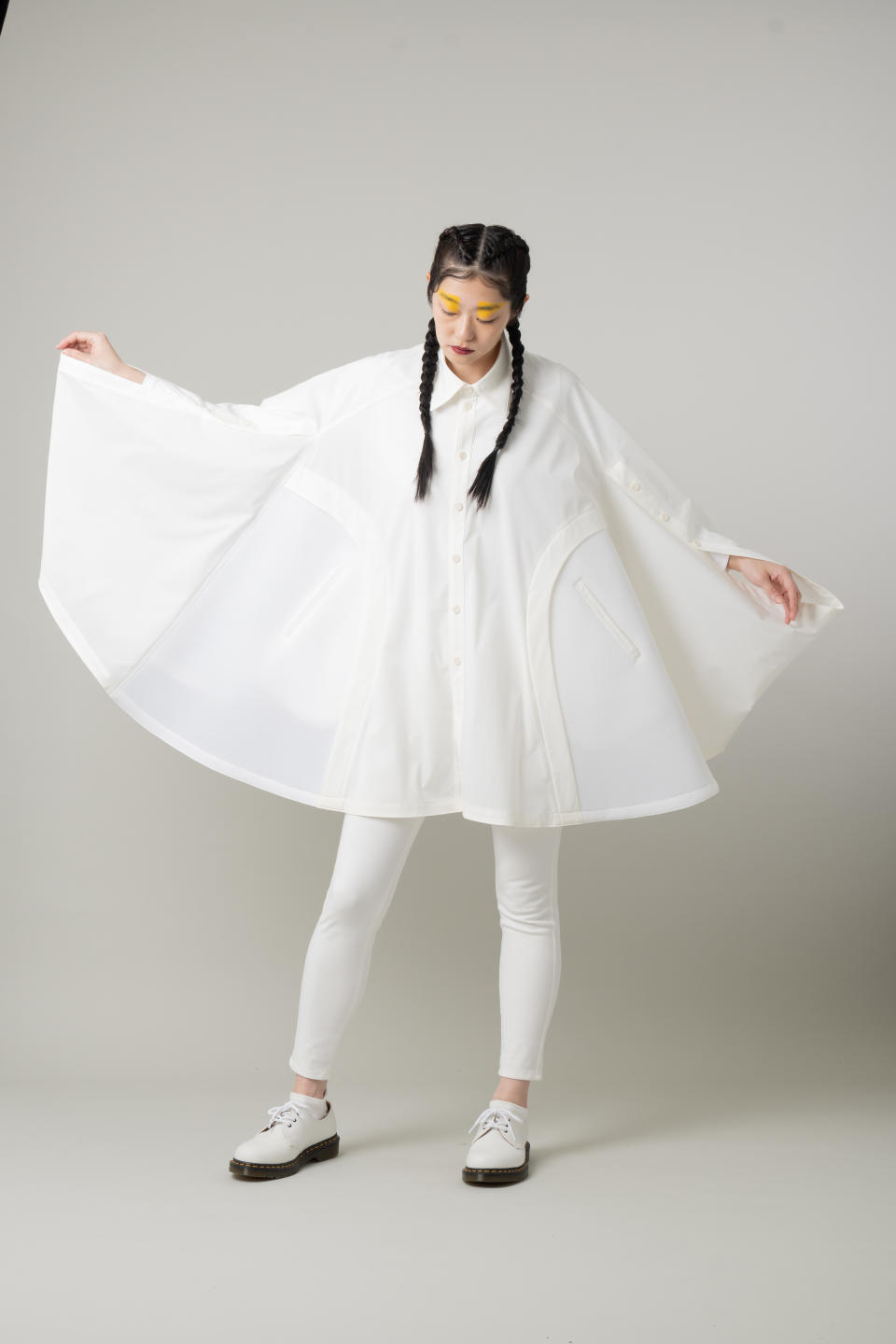
UCF
Showing at: Première Classe
Category: Ready-to-wear
Story: The nine-year-old Japanese label and its team of young designers work to apply contemporary, minimalist codes to ancestral craft techniques from different regions of Japan in a largely monochrome wardrobe using linens, jacquards and silks with subtle design and fabrication details.
Wholesale price range: 150 to 200 euros
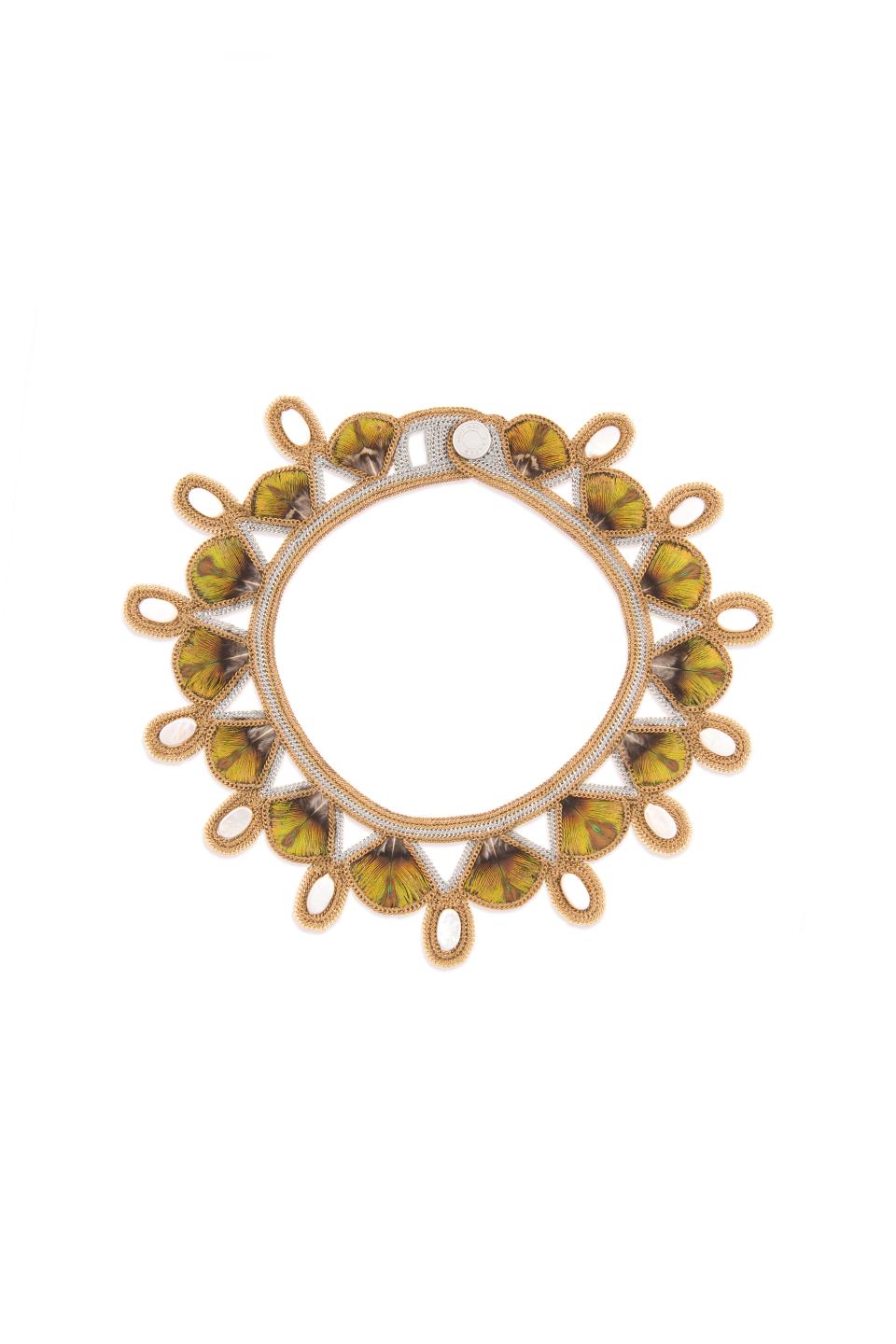
Zaafar
Showing at: Première Classe
Category: Jewelry
Story: Originally hailing from Pakistan, Saadia Zafar trained at FIT and designed embroideries for Ralph Lauren before launching her jewelry label using a patented technique. Her statement designs are like a hybrid between embroidery and jewelry she describes as “artwear.” Pieces like cuffs have buttons so they can be interconnected, to make a necklace or belt, for example. The designs are handmade in Pakistan using electroplated brass chains, and silver and gold versions are also available to order.
Wholesale price range: 330 to 1,693 euros
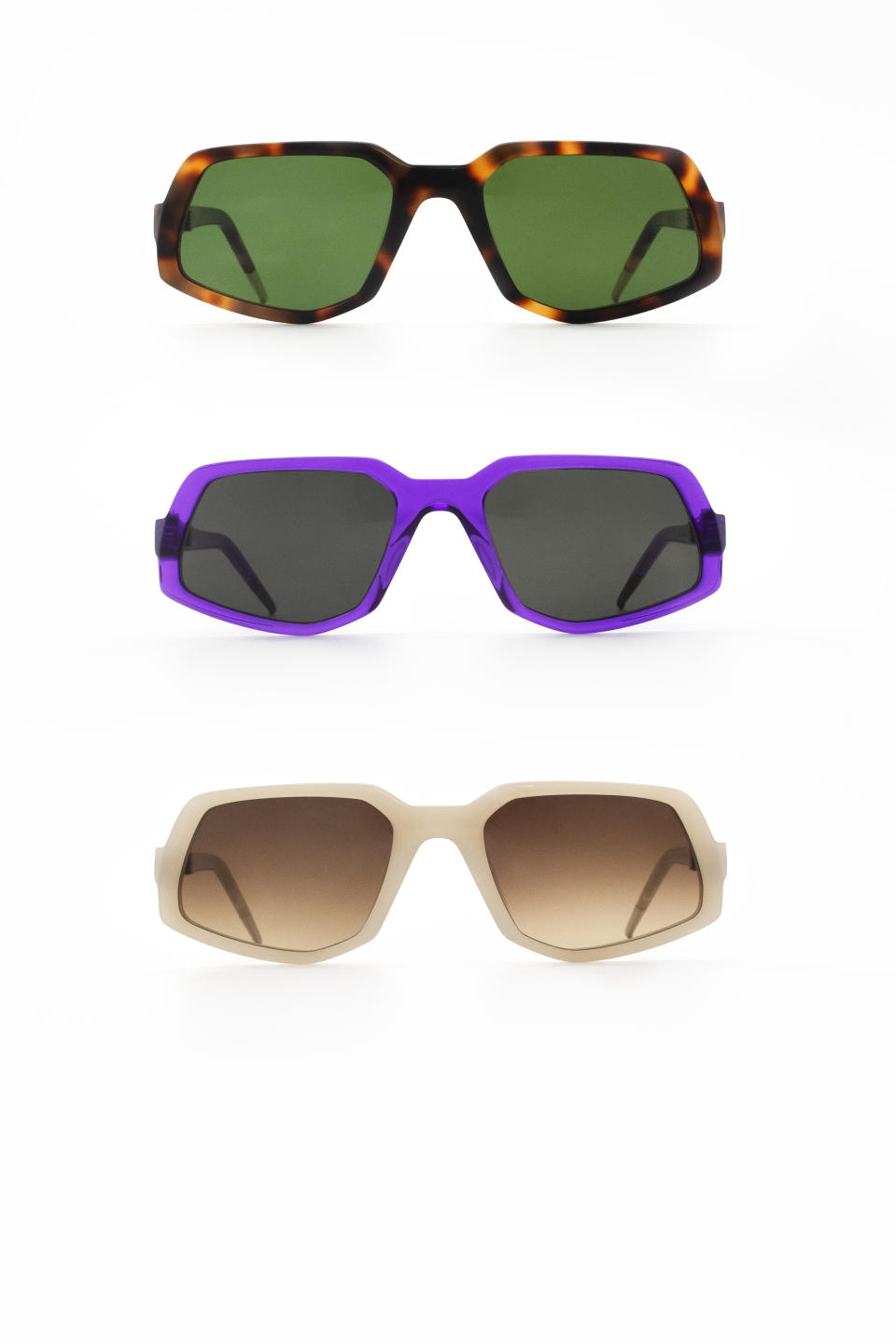
Pontet Eyewear
Showing at: Première Classe
Category: Eyewear
Story: First-time exhibitor Hermes Pontet is the fourth generation in a family of opticians – his family opened one of the first optical stores in Marseille after World War II — and he had always dreamed of creating his own brand. He trained as an optician to gain technical insight of the trade before cutting his design teeth at Nathalie Blanc. His personal sketchbooks from his travels around the Mediterranean — and his given name, inspired by the Greek god of travel — provide the design lexicon for his statement eyewear, which launched in 2021.
Retail price range: 350 to 450 euros
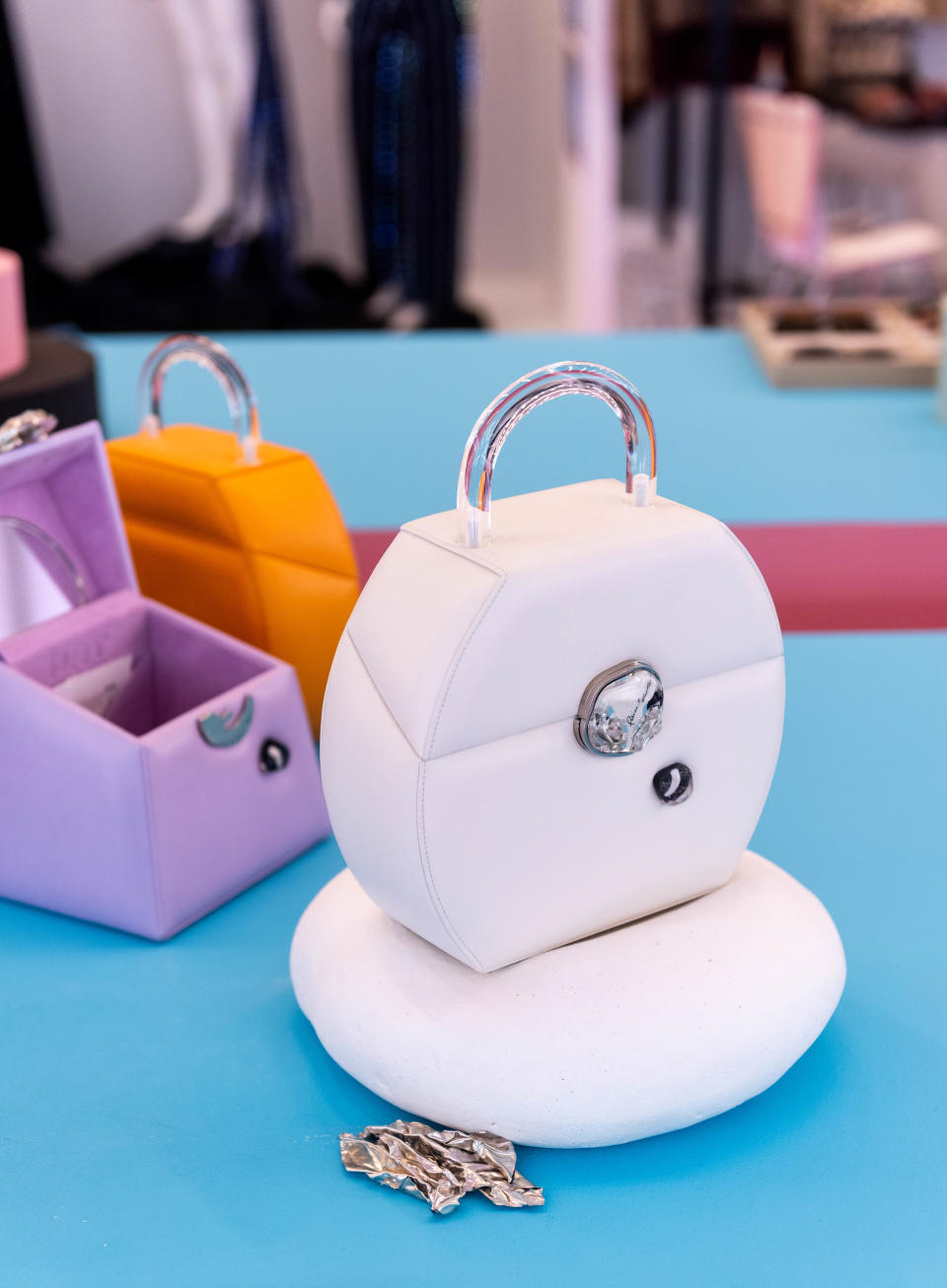
Pat Studio
Showing at: Première Classe
Category: Bags and jewelry
Story: Spanish designer Patricia Sáinz, a former journalist, launched her distinctive range of jewelry box-like handbags two years ago. Crafted by artisans in Ubrique, known for its luxury leather goods, her bags feature a quirky twist locking system with organic shapes inspired by water and light, made with sterling silver and resin. At the show she was also presenting her first resin jewelry pieces inspired by her signature locking system.
Retail price range: 700 to 800 euros (bags); 90 to 190 euros (jewelry)
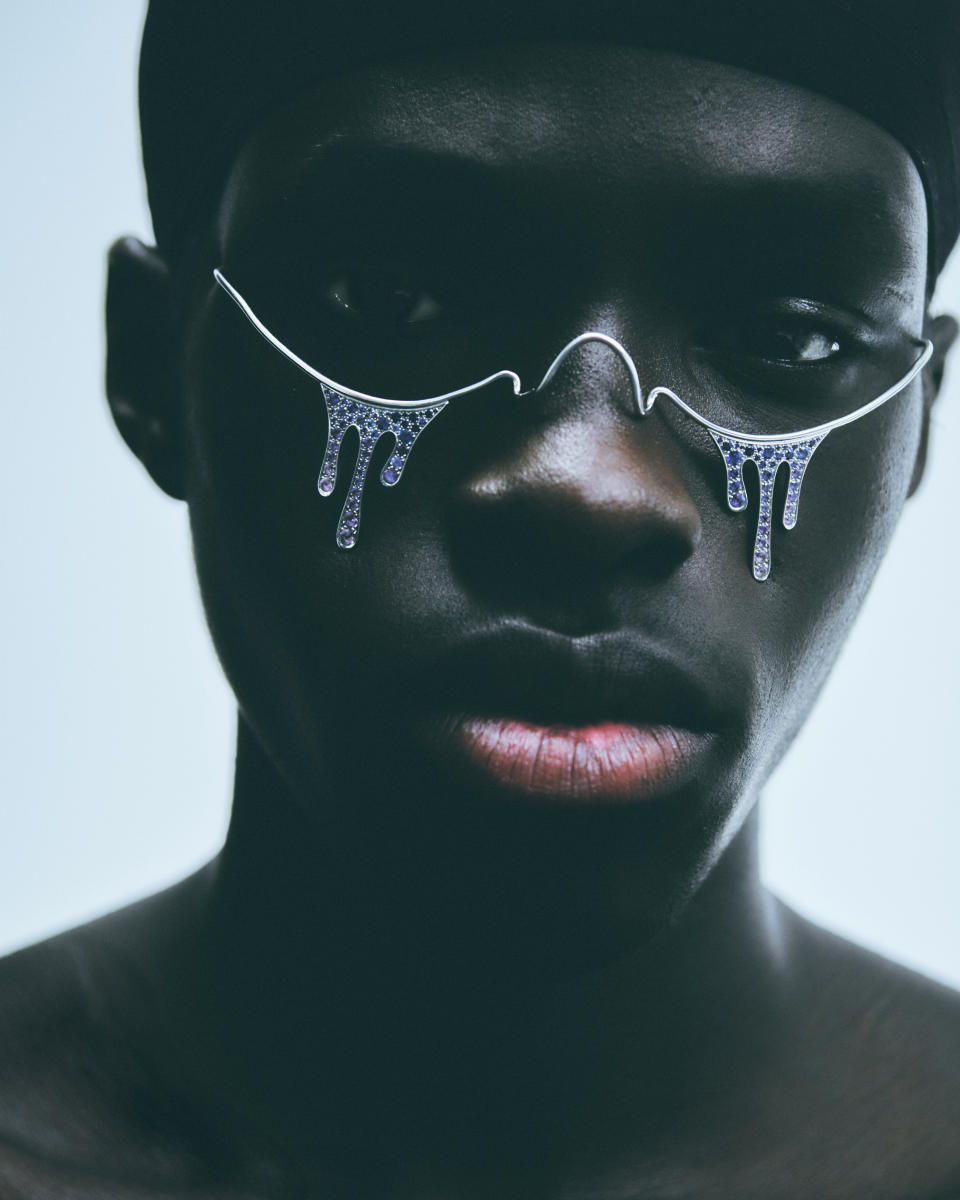
Moncomble
Showing at: Première Classe
Category: Jewelry
Story: Camille Moncomble had always wanted to be a jeweler, but it was seeing a Japanese friend crying and trying to hide her tears that provided the inspiration for his first design. Inspired by emotions, his dramatic “facewear” pieces are cultivating a following among performers like L’Impératrice. He also offers a more commercial lineup of rings, bracelets and earcuffs. Fine jewelry pieces are made from silver or vermeil, and there is also a high jewelry collection in gold and precious gems. It was his first time testing the waters for wholesale.
Price range: 300 to 1,000 euros retail for the fine jewelry collection
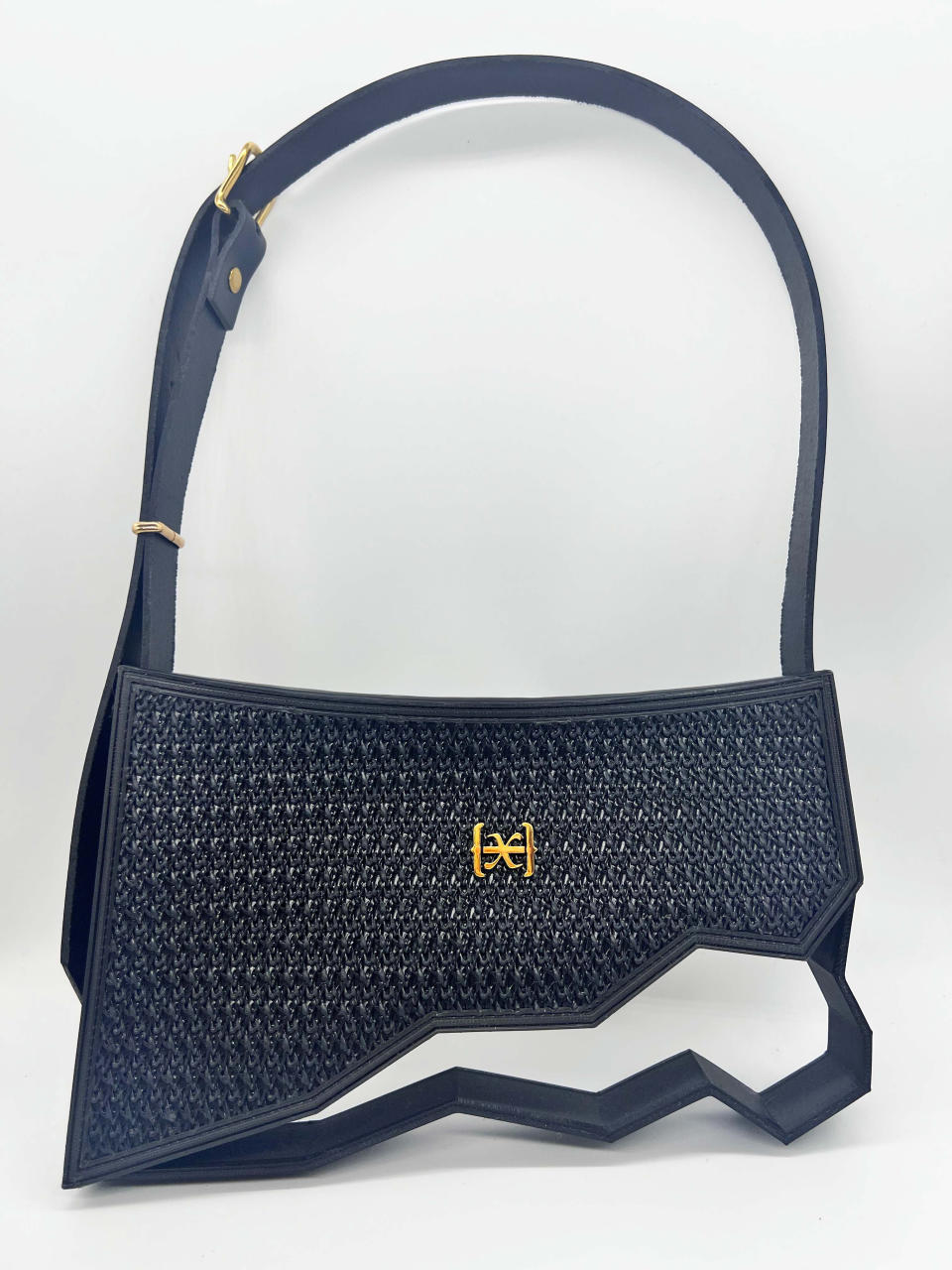
Incxnnue
Showing at: Tranoï
Category: Bags
Story: Self-confessed techie Laura Deweilde always wanted to combine technology with craftsmanship. Exhibiting for the first time as she opens up to wholesale, she combines deadstock leathers from luxury players with 3D printed embellishments made with upcycled materials like oyster shells and gold-plated brass hardware. Her graphic designs caught the attention of the costume team from “Emily in Paris,” and feature in the show’s third and upcoming fourth season. They have also been showcased by popular French YouTuber Squeezie.
Average retail price: 500 euros
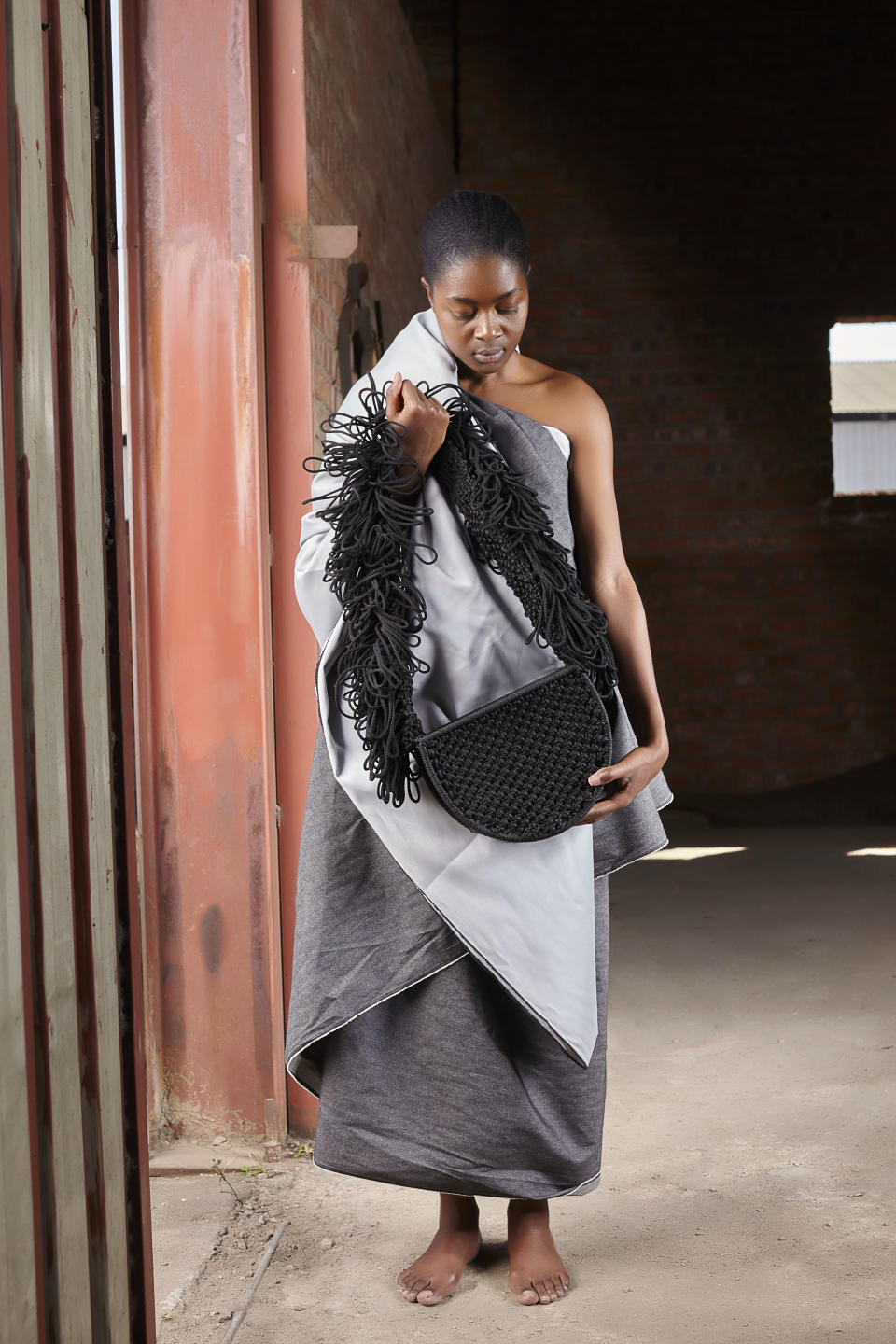
Vanhu Vamwe
Showing at: Tranoï
Category: Bags
Story: Pam Samasuwo-Nyawiri founded sustainable accessories label Vanhu Vamwe, which means “One people” in the Shona language, with her husband Simba. They employ 150 women in Zimbabwe, half of whom are ex-prisoners, to craft their statement macramé bags, this season done all in black rope made from recycled plastic bottles. Stockists include Nordstrom and Net-à-porter, and the label has a warehouse in the U.K. to facilitate international shipments.
Retail price range: 180 to 600 British pounds
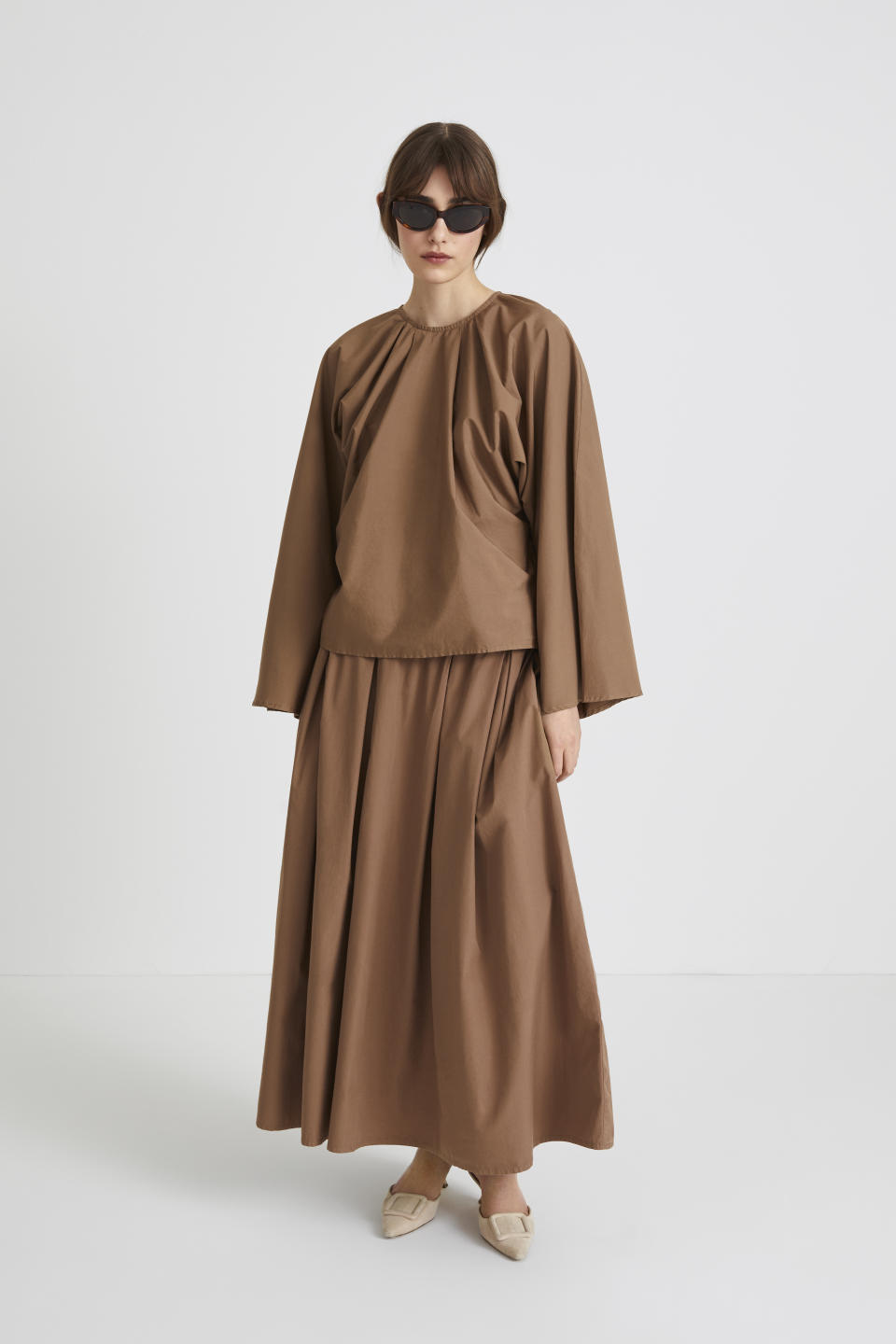
Stylein
Showing at: Woman
Category: Ready-to-wear and accessories
Story: Swedish brand Stylein was a Paris returnee, having exhibited more than a decade ago at Rendez-Vous. It had since stepped back to focus on the domestic market and direct-to-consumer. The brand’s minimalist Scandinavian aesthetic and focus on high-end fabrics in layered, cosy-looking silhouettes was resonating with buyers, brand founder and designer Elin Alemdar said. Accessories highlights included its rounded crossbody carryall bags in vegan leather.
Average retail price range: 250 to 350 euros
Best of WWD

